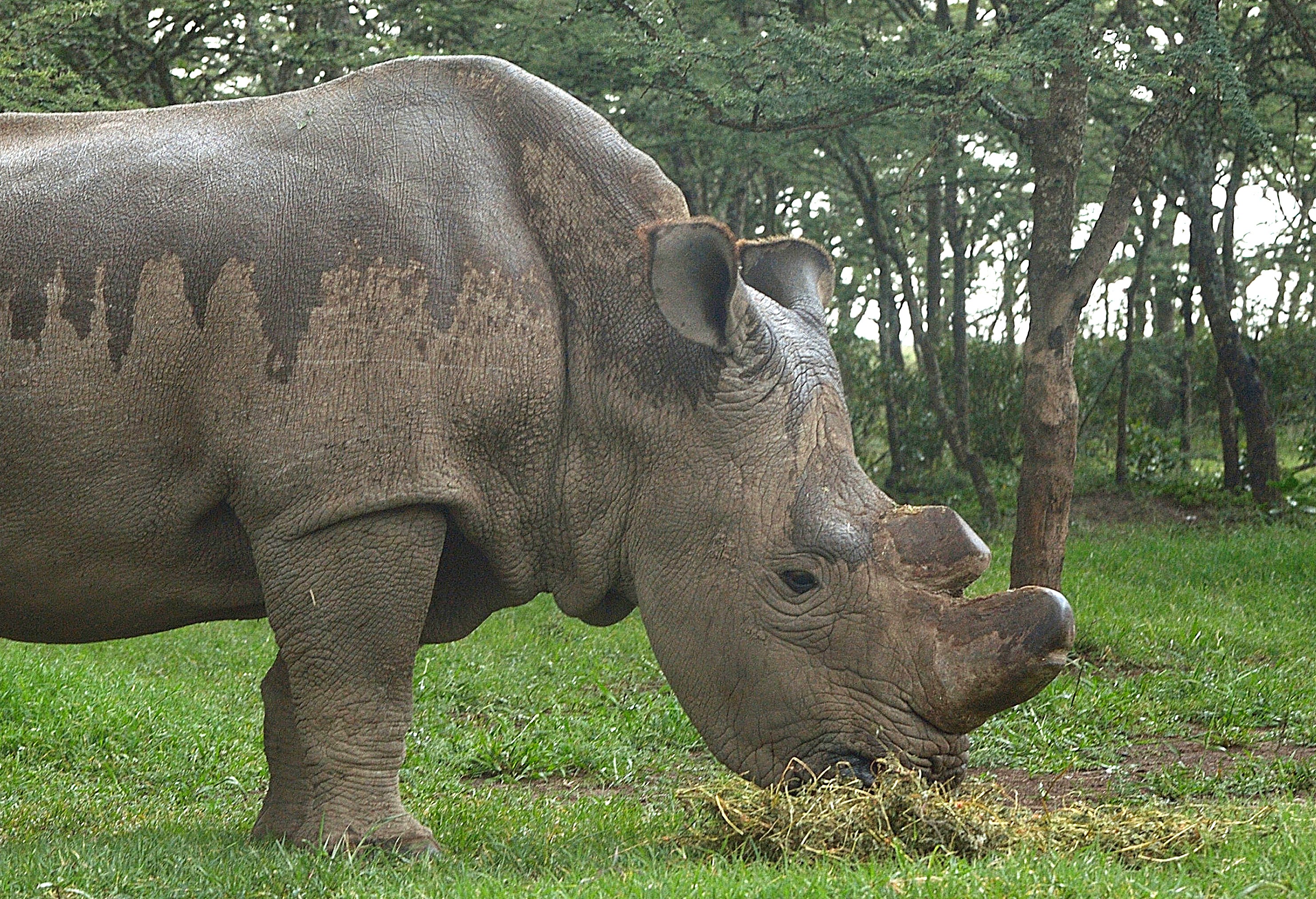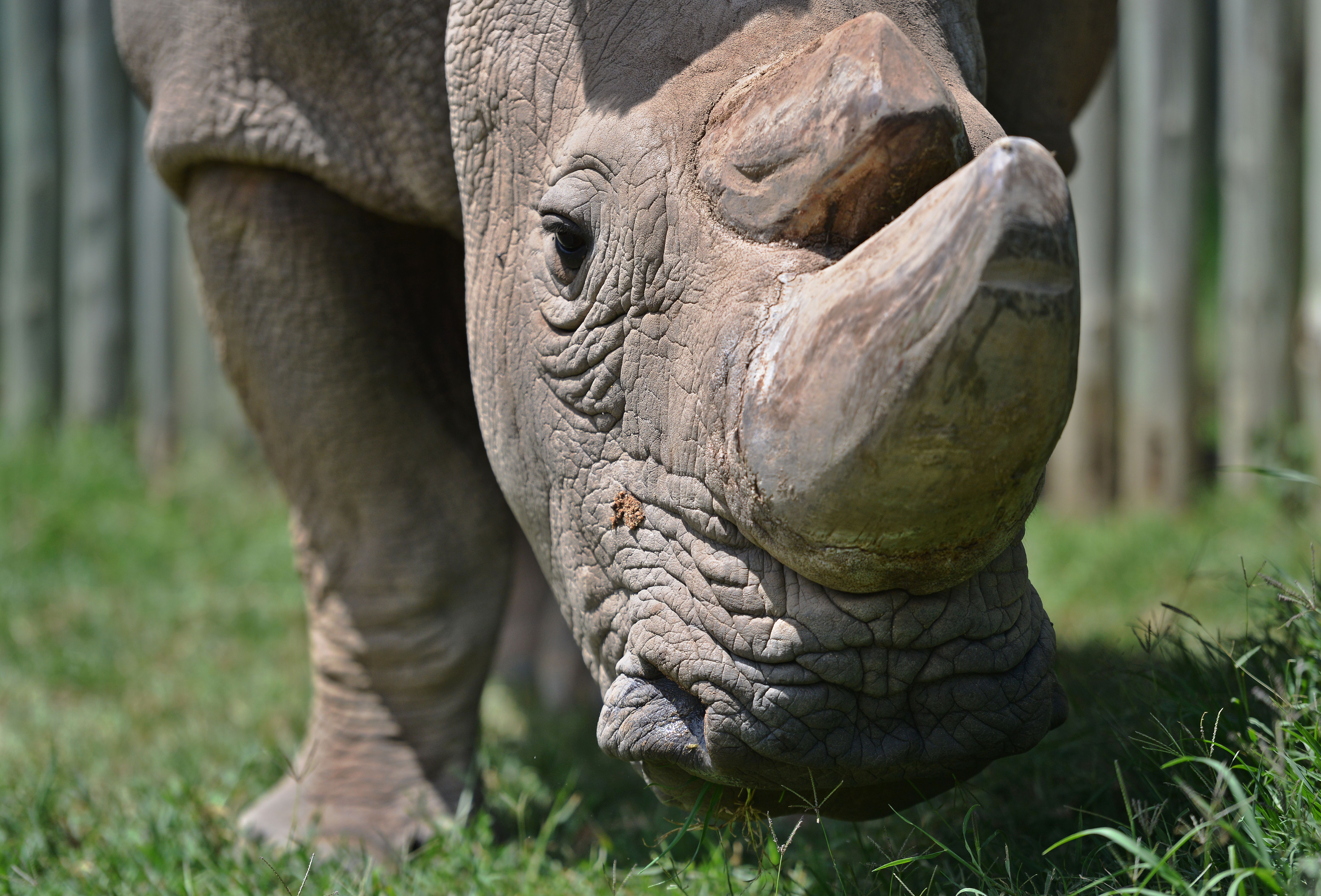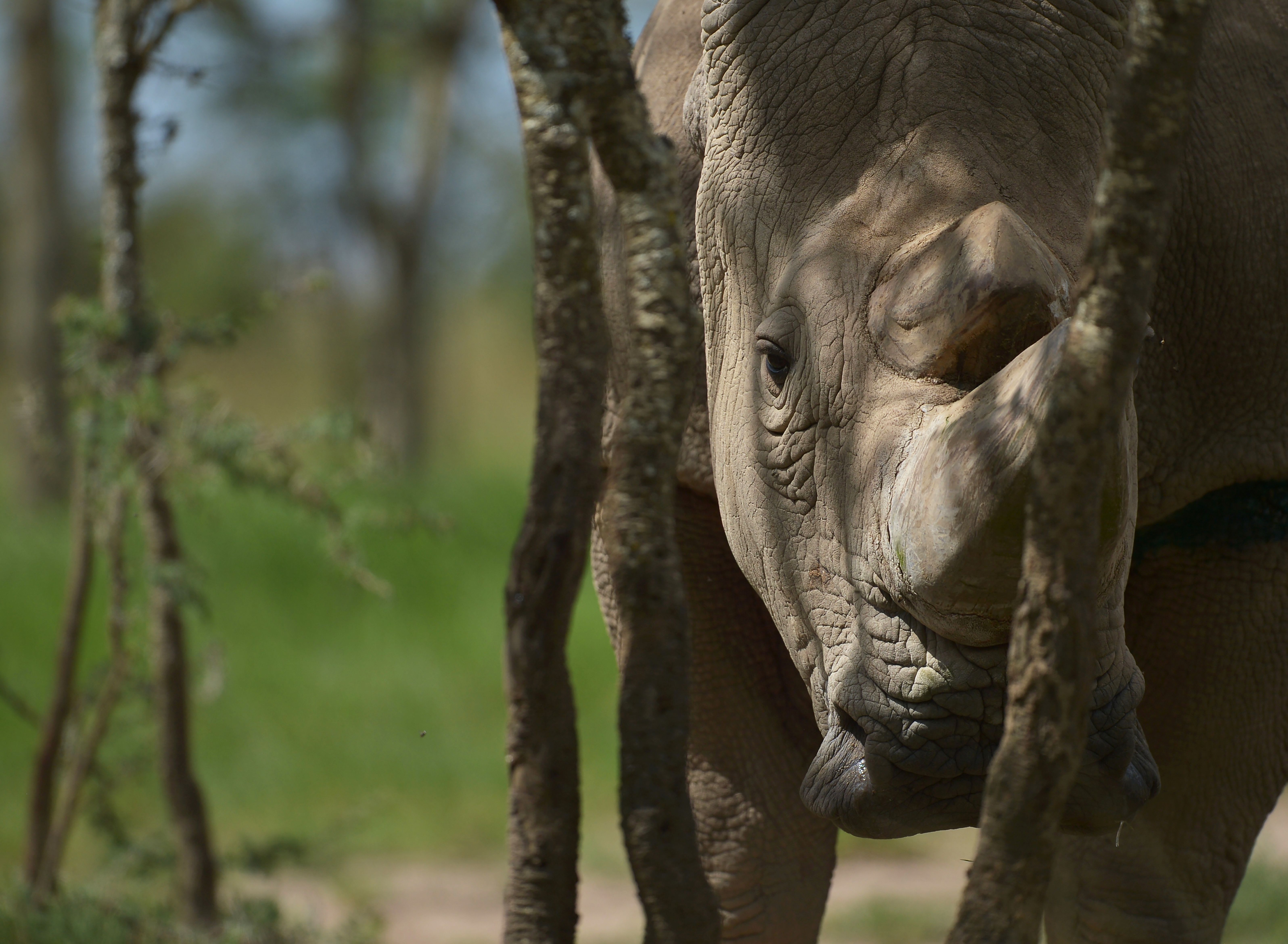The health of the world's last male northern white rhino is declining, bringing the rhino subspecies a step closer to extinction caused by poaching.

Sudan, the 45-year-old rhino, is being cared for at the Ol Pejeta Conservancy in Kenya.
He appeared to have recovered from an infection that developed on his right back leg at the end of last year, but a deeper infection was recently discovered.
The conservancy said he was still struggling Thursday despite 24-hour care by veterinarians.
David Bunn, a senior resource scientist at Colorado State University's (CSU) Natural Resources Ecology Lab (NREL), is from South Africa.
Bunn spent seven to eight years studying white rhinos while serving as the research director Wits Knowledge Hub for Rural Development at Wits Rural Facility in Johannesburg, South Africa.
"This is an incredibly sad moment. We are losing rhino at a very high rate, at the moment, as you know, particularly the southern white rhino in the area where I worked. The Kruger National Park were losing in that area alone about 1,200 a year," said Bunn.

Sudan and the females Najin and Fatu, along with a second northern white rhino male that since died, arrived at Ol Pejeta from a Czech zoo in 2009.
San Diego's zoo had some northern white rhinos, but the last one died in 2015.
Scientists are hoping to save the subspecies through invitro fertilization, using southern white rhinos as surrogates. It's an effort Bunn supports, but argues can't be the only effort to save the northern white rhino.
"I think we need a parallel strategy. One by biologists, veterinary scientists and the forward-thinking people in zoos. They need to be supported, I'm in favor of that, but at the same time we need to use the opportunities to redirect attention as well," he said. "We can't fool ourselves, technology is not going to get us out of the race with extinction."
The in vitro process would be conducted using sperm from dead rhinos that is stored in Berlin and eggs extracted by surgery from the females at Ol Pejeta, according to the conservancy.
Bunn added, "This is a somber moment and we need to think what is the best path forward. The best path forward is to include people on the edge of affected areas who have been excluded in the past from the co-management from this wonderful, wonderful resource - rhinos in the wild."
Northern white rhinos once roamed parts of Chad, Sudan, Uganda, Congo and Central African Republic, and there were more than 2,000 remaining as recently as 1960, according to Save the Rhino International, a London-based group.
The last northern white rhinos in the wild were observed more than a decade ago in Congo's Garamba National Park, whose animals have often been targeted by armed groups amid conflict in the region. Efforts to safeguard the subspecies by moving a small number to Kenya collapsed.
There are roughly 20,000 southern white rhinos in Africa after efforts to save them from extinction began in the 1950s. Their numbers had dwindled to fewer than 100 in the late 19th century because of uncontrolled hunting.
African rhinos remain under intense pressure from poachers who kill them to meet demand for their horns in illegal markets, primarily in Vietnam and China. There are about 5,000 critically endangered black rhinos.
In Asia, the greater one-horned rhino species has been recovering and has a population of several thousand. The Sumatran and Javan rhinos are in extreme peril, with fewer than 100 of each species remaining.
In South Africa, many rhinos are protected from poachers by armed game guards, 24-7.
"Rhinos need to be defended, but you need to have management strategies that's the only way forward," said Bunn. "Those have to be not just arming people against poachers, but investing in the co-management of rhino species in the wild."


